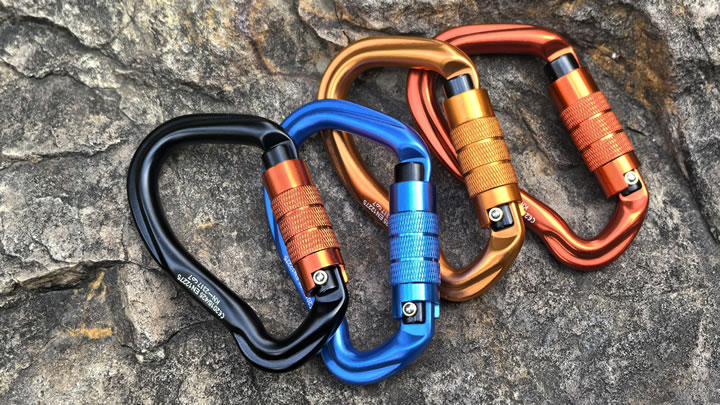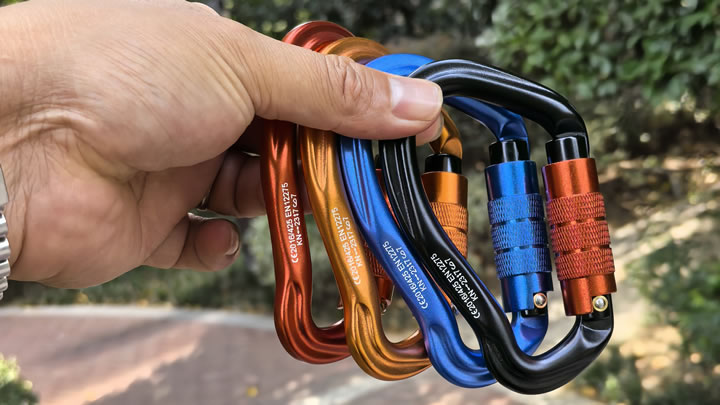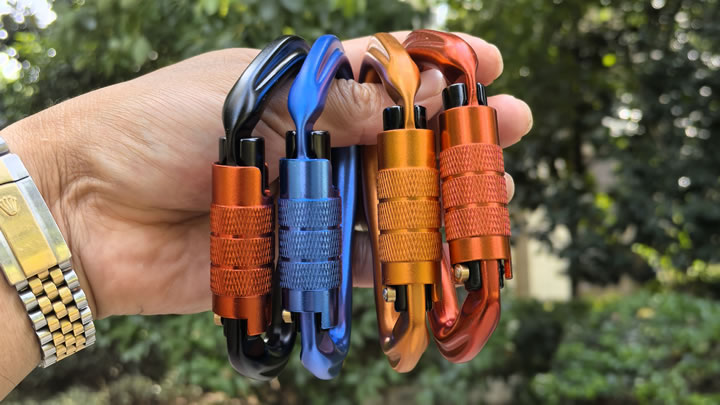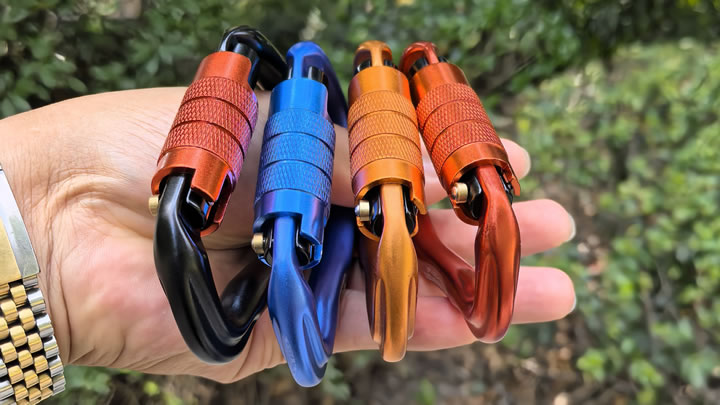How to pack a nylon hammock for ultralight travel.
For ultralight backpackers, every ounce and cubic inch of pack space counts. A nylon hammock is a versatile shelter and lounging tool, but improper packing can add bulk, weight, or even damage the fabric. This guide reveals pro techniques to compress, protect, and organize your hammock system while keeping it trail-ready.

1. Pre-Packing Prep: Simplify Your Setup
Start by minimizing components:
- Remove Non-Essentials: Ditch heavy carabiners for ultralight titanium or aluminum versions.
- Separate Parts: Divide the hammock, straps, and tarp into individual stuff sacks for modular access.
- Trim Straps: Use adjustable whoopie slings or daisy chains instead of bulky rope.
Pro Tip: Weigh each component to identify redundancies. Aim for a total hammock system under 1.5 lbs (700g).
2. Step-by-Step Packing Methods
A. The “Burrito Roll” (Best for Dry Conditions)
- Lay the hammock flat, folding it lengthwise into a 6-inch-wide strip.
- Place straps and carabiners at one end.
- Roll tightly from the opposite end, trapping accessories inside.
- Secure with a silicone band or reusable Velcro strap.
Benefits: Quick access, no stuff sack needed.
B. Stuff Sack Compression (Ideal for Rainy Climates)
- Use a waterproof silnylon or Dyneema® stuff sack (10–20L capacity).
- Loosely stuff the hammock to avoid creases.
- Add straps/tarp in a separate outer pocket or mesh bag.
- Compress by sitting on the sack before sealing.
Benefits: Weatherproofing and space efficiency.
3. Organizing Multi-Day Systems
For thru-hikes or extended trips:
- Modular Packing:Hammock: Packed vertically in the main compartment.Straps: Side pocket for quick setup.Tarp/Net: External attachment with bungee cords.
- Color Coding: Match stuff sacks to components (e.g., green for hammock, yellow for tarp).
User Hack: Store small accessories (carabiners, repair tape) in a pill bottle to prevent loss.
4. Protecting Fabric Integrity
Nylon degrades if packed poorly:
- Avoid Sharp Objects: Keep away from trekking poles, tent stakes, or cookware.
- Prevent Creases: Tight folds weaken fibers over time.
- Dry Before Packing: Never store a damp hammock—mold thrives in sealed bags.
Pro Tip: Line the stuff sack with a garbage bag liner for added moisture protection.
5. Ultralight Accessories to Enhance Packability
- Titanium Hardware: Replace steel carabiners with titanium versions (saves 2–4 oz).
- Dynex Whoopie Slings: Lighter and stronger than traditional straps.
- Cuben Fiber Stuff Sacks: Waterproof and 50% lighter than nylon sacks.
Budget Pick: Polyethylene sacks work but lack durability.
6. Seasonal Adjustments
- Summer: Skip the underquilt; pair with a 1/8-inch foam pad (rolls into pack straps).
- Winter: Compress down underquilts separately to avoid crushing insulation.
- Rainy Seasons: Use a hammock with integrated bug net/tarp (reduces separate components).
7. Trail-Tested Packing Hacks
- Attach to Backpack Externally: Use gear loops or bungees for quick access and airflow.
- Double as a Pillow: Stuff the hammock into a buff or fleece sack at night.
- Repurpose the Sack: Turn it into a bear bag or laundry holder at camp.
8. Maintenance Post-Trip
- Air Out: Unpack and hang the hammock to eliminate odors.
- Inspect for Damage: Check seams, loops, and fabric for wear.
- Re-Waterproof: Apply DWR spray to the tarp and hammock if needed.
Final Verdict
Packing a nylon hammock for ultralight travel is about balancing compression, accessibility, and protection. By using modular stuff sacks, trimming excess gear, and prioritizing lightweight materials, you can fit a full shelter system into a 10L space without sacrificing durability. Remember: A well-packed hammock isn’t just small—it’s smart, adaptable, and ready for any trail surprise.






